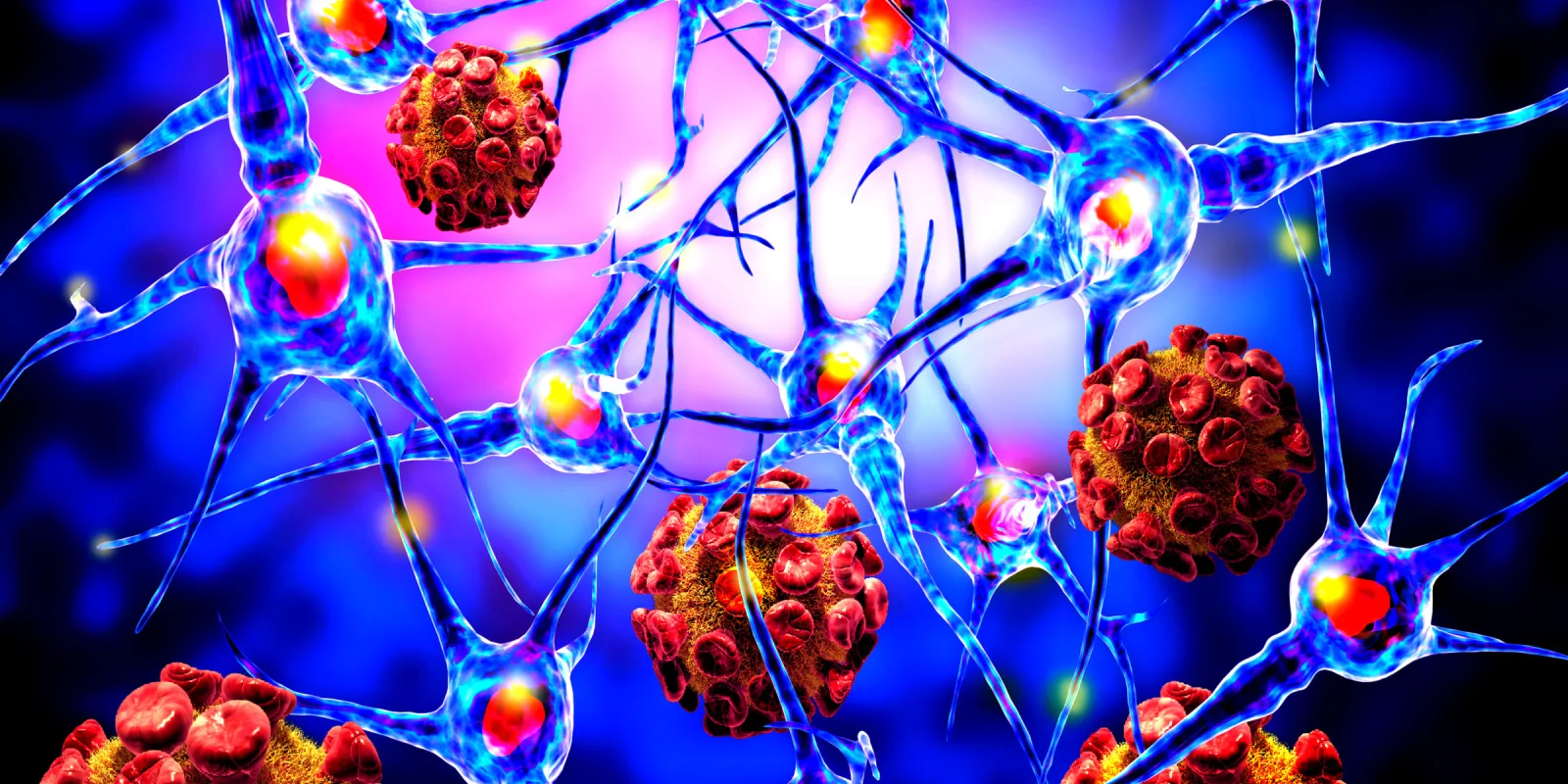On March 27, 2020, I woke up with a vice grip squeezing my chest, slight conjunctivitis, and my morning cappuccino lost its enjoyable taste. I immediately went to the urgent care clinic. The doctor donned a gown and gloves, took my history, examined me, and said, “You have COVID-19.” I responded, “How can that be possible? I am a physician, constantly washing my hands, social distancing, doing the right things, wearing a mask. After swabbing me for the PCR test, the doctor stated, “COVID-19 doesn’t care. Get yourself a pulse oximeter and an albuterol inhaler. Quarantine yourself, and let your department chief know. We will call you tomorrow with the PCR result.” That evening in our NYC apartment, I quarantined in our bedroom and tried to sleep with a pulse oximeter reminding me to keep taking deep breaths as O2 numbers dropped. The next day, a phone call confirmed what I already knew: the PCR test was positive. I was lying in bed, the vice grip on my chest increasing, my fever rising.
The pain became excruciating; it felt like a machete chopping the back of my neck. I had no desire to eat or drink, my fever rose, and I had no appetite. My husband slid a tray of soup and rolled water bottles at me. Within three days, I was so fatigued it hurt to sit up. I tried to do the New York Times crossword, but I couldn’t even focus on this staple of my daily routine. I could barely breathe; I lay on my stomach and thought, please let this be over. Friends sent well wishes, gifts, thoughts, and prayers. It was my daughter’s birthday, but I could not celebrate with her. By the fifth day, I was so sick I couldn’t get off the bathroom floor, my oxygen saturation dropped to the 80s, and my husband thought we should call an ambulance. “No way,” I said. I did not want to be on a ventilator. I had been on one before, and I never wanted to experience that again. I stayed lying on my belly, hoping this too shall pass. I typed a note to myself in my phone, IAMGTBTFV — “I Am Going To Beat This F--- Virus.” By the eighth day, I was breathing easier, and the fever had broken by the ninth and tenth days. I felt I was part of the living. A few weeks later, I was well enough to get back to work. I had a home monitor set up; I was ready and wanted to rejoin the workforce and feel useful while also interacting with colleagues. I felt lucky and grateful to be alive, my brain functioning. I could complete NYT crosswords in record time and be able to breathe without pain.
Although physically ready to take the neuroradiology call that April, I was less psychologically prepared for seeing all neurologic complications from COVID-19. Each time I read another COVID-19 case with neurologic findings, I felt a pang of gratitude and survivor’s guilt; many COVID-19 patients were not so lucky. There were so many, I saved each one as a teaching file and vowed to use these positively and find a way to improve outcomes. One of the first cases was a COVID-19 positive young woman with a hemorrhagic venous infarct, which we published with neurology colleagues. Our team and partners at other New York hospitals published articles on neuroinflammatory effects of SARs-CoV-2, epilepsy findings, and the COVID-19 neurologic findings.
So, it was with great interest during the Virtual RSNA 2020, I listened to the Hot Topic Session on the Neurologic Complications of Covid-19, presented by Dr. Christopher Fillipi of Tufts, Dr. Rajan Jain of NYU and Dr. Ajay Gupta of Cornell. The three excellent presentations highlighted COVID neurologic findings and importantly showed data demonstrating that since last spring, the incidence and prevalence of COVID cases never returned to baseline and in essence we never got over the first wave. The talks described the myriad of COVID neurologic complications including the prothrombotic state causing strokes, delirium, posterior reversible encephalopathy with a cortical edema similar to high altitude edema, microbleeds in corpus callosum splenium and genu, leukoencephalopathy and demyelination. Importantly, one of the most common neurologic presentations is lack of smell or anosmia, with the virus disrupting the olfactory system, an IRB research project I am currently working on with a radiology resident and researcher from the Feinstein Institute. Sadly, one recalls the suicide of an NYC doctor who had the virus, and it is known that smell loss can be associated with depression.
Dr. Jain highlighted how COVID-19 vandalizes the brain with virus-associated necrotizing disseminated acute leukoencephalopathy. Dr. Gupta gave a superb presentation, highlighting the NEJM paper that noted, during the height of the pandemic in the spring, because patients were not going to the hospital, less stroke imaging occurred. Yet there may have been just as much morbidity from strokes with patients suffering strokes at home, emphasizing how strokes related to COVID-19 have high morbidity and mortality. These presentations, and the RSNA paper presented by Colbey Freeman from U Penn’s Perelman School of Medicine, noted more than one-fifth of patients with COVID-19 presented with neurologic findings with imaging showing critical findings, often had comorbidities from hypertension and diabetes, presenting with elevations in serum creatinine, D-dimer, and fibrinogen.
These RSNA presentations highlight the fact that we are still in the midst of the pandemic, or more globally, a “systemic” because COVID-19 affects minority populations already at greater risk due to inequities and disparities in access to health care. I continue to get tested. My PCR is now negative, and my antibodies skyrocketed from six several months ago to 173 last week, supposedly correlating to how badly one had the disease. I am one of the lucky ones, with a supportive family, friends, job, and access to great health care. I can come back to work. Although vaccines are on the horizon, there is much about this virus we still do not know. Why do some patients have minimal symptoms with smell loss? Why do others have severe respiratory issues? Why do some COVID-19 patients have devastating neurologic complications? For the near future — as much as we all still want to get together — we need to each do our part: socially distance, pursue the science of the disease, follow the CDC recommendations, and do as much as we can to support our fellow health care workers and our communities.
Image by Ralwell / Shutterstock
Click here to see more perspectives on COVID-19 from the Doximity network.







